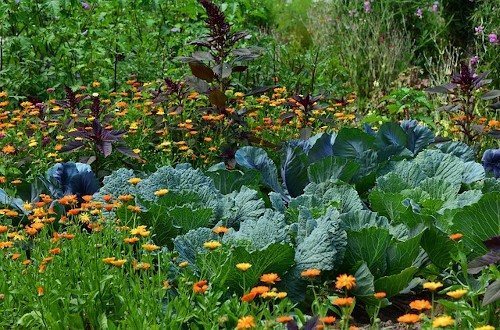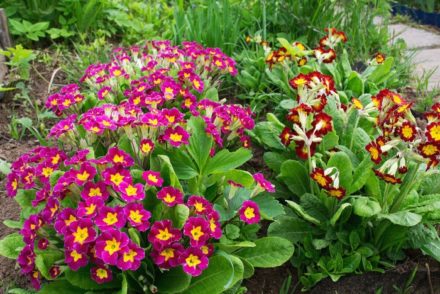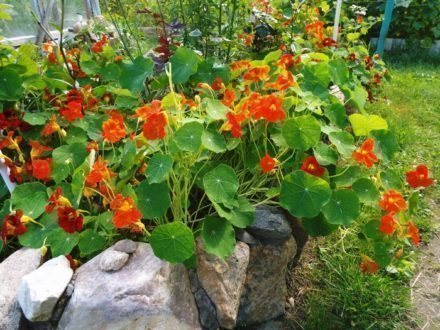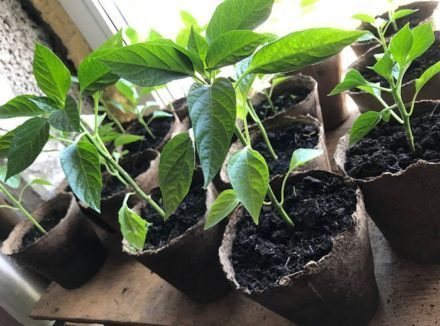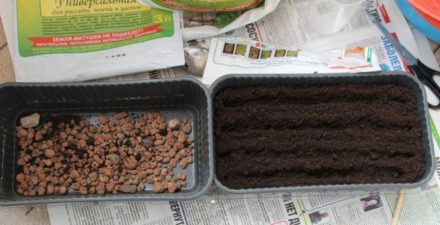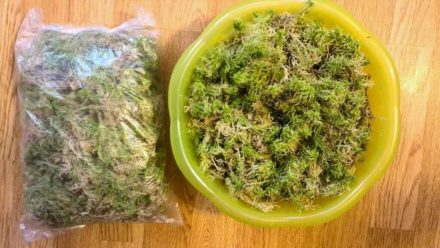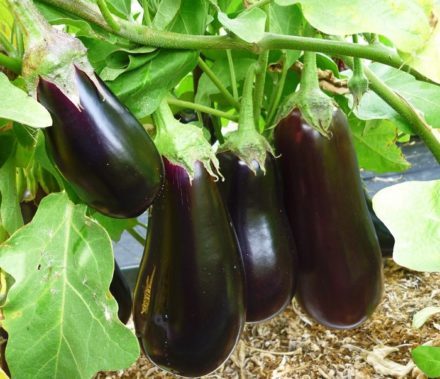Cabbage seedlings will turn out strong only if you do not forget about the basic rules of sowing and growing seedlings. In addition, attention should be paid to the quality of planting material. It turns out that you need to think about how to grow full-fledged cabbage seedlings even before purchasing seeds. Just 5 simple steps will help gardeners along this path.
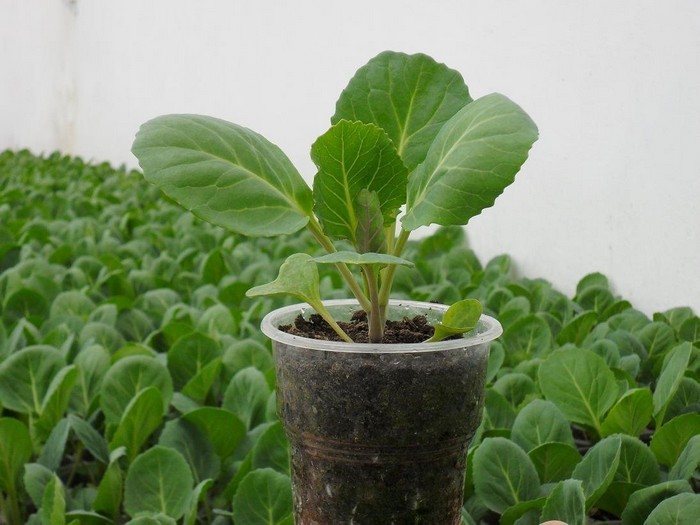
Correct choice of planting material
When choosing seeds in a store, you need to take into account not only the characteristics of the variety, but also how well it corresponds to the climatic conditions of cultivation. The development of seedlings at the initial stages and further growth of plants, as well as crop yield, depend on the quality of planting material.
It is better not to buy seeds from hand, but to go to a large garden center or a reputable gardening store for them. Such outlets work only with reliable suppliers.
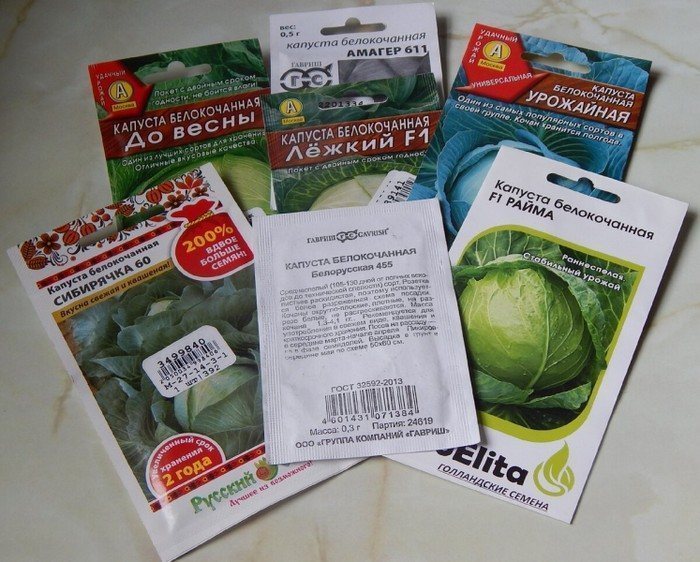
It is also important to preserve planting material until sowing. It is advisable that the seeds are kept in a cool room where the humidity does not exceed 55–60%. High-quality seeds and seedlings will grow strong. However, we must not forget about following the sowing rules and further caring for the seedlings.
Compliance with sowing deadlines
What the seedlings will be like at the time of planting in open ground largely depends on the timing of sowing. They need to be calculated so that the seedlings can become sufficiently strong by the time they move to the garden bed. Seedlings that are too young will be weak.
But you shouldn’t sow seeds ahead of schedule. Overgrown seedlings become elongated, and in the future the plants take root and adapt less well. You need to focus on the date of arrival of heat in the region.
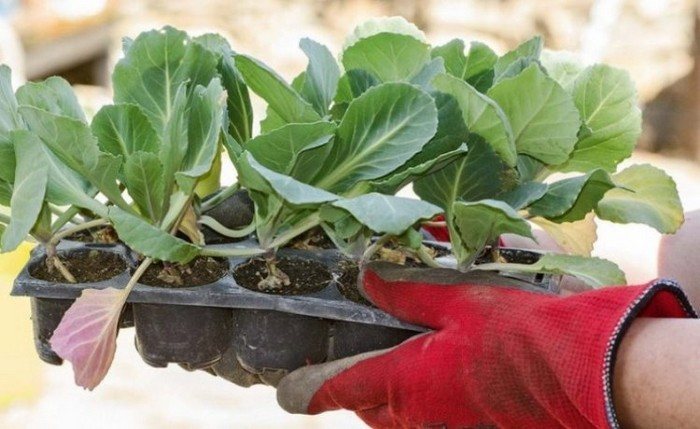
If the weather allows cabbage to be planted in open ground at the end of April, then sowing should be done in mid-February. During these periods, early varieties of cabbage are usually planted. Mid-season varieties are sown 2 weeks later. Sowing of late varieties is carried out no earlier than mid-March.
Soaking the seeds
You can stimulate good seedling growth by pre-soaking the seeds. The procedure is carried out using melted or bottled water. Pour water into a saucer to such a level that it covers the soaked seeds halfway. The optimal soaking time is 16–18 hours.
The bath will help awaken growth processes. In this case, seedlings will appear faster and will actively develop. It’s even better if the soaking is carried out not in water, but in a solution of “Epin” or “Heteroauxin”. The influence of a growth stimulator will affect the development of cabbage seedlings in the most favorable way.
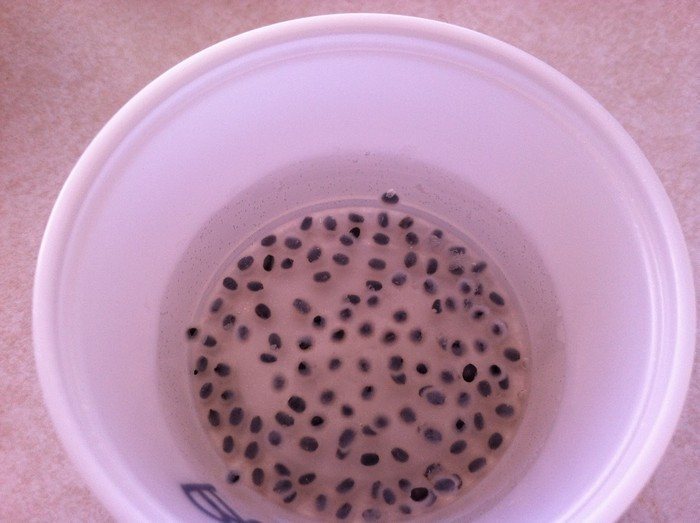
If the solution is used, it is replaced with a fresh one every 3–4 hours. After soaking, the seeds are lightly dried, spread on a paper napkin, and then sowing begins. Sow the seeds in slightly moist soil. The planting depth should be 2 cm. If you bury the seeds deeper, they may not germinate.
Maintaining soil moisture balance
Cabbage is considered a moisture-loving crop. Water is vital for seedlings, starting from the earliest stages of development.It is necessary to ensure that the soil always remains moderately moist.
The frequency of watering depends on the air temperature in the room. On average, seedlings are watered once every 5–7 days. After watering, the room is ventilated, preventing air currents from entering the seedlings.
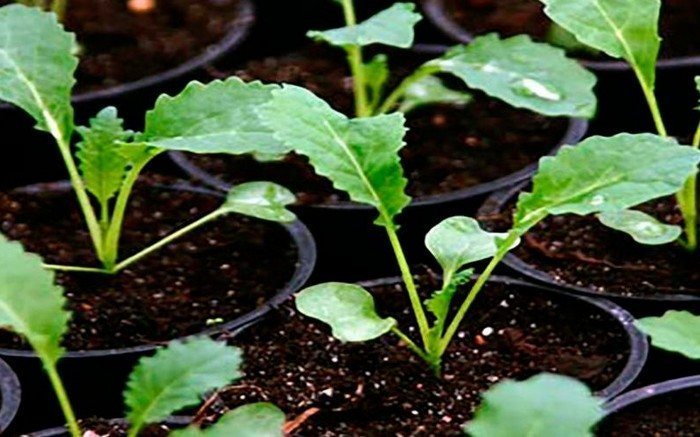
You shouldn’t get too carried away with watering either, since in this case the seedlings may suffer from a dangerous disease - “black leg”. With this disease, there is a high probability of losing all the seedlings in a short period of time. Water the cabbage regularly, but with a moderate amount of water. Excess moisture accumulated on the tray cannot be left; it is removed with a syringe.
Creating optimal temperature and light conditions
Until shoots appear in the container with the crops, it is kept at room temperature. Immediately after the sprouts have emerged, it is necessary to change the regime towards lowering the temperature. During the day, cabbage should be kept at 15–17 °C; at night, the temperature should be reduced to 8–10 °C.
The temperature contrast will serve as a hardening measure and will not allow the seedlings to stretch out. The bushes will grow squat and strong. Another factor that prevents seedlings from stretching is sufficient lighting. In February, daylight hours are still too short to provide cabbage with the necessary amount of light.
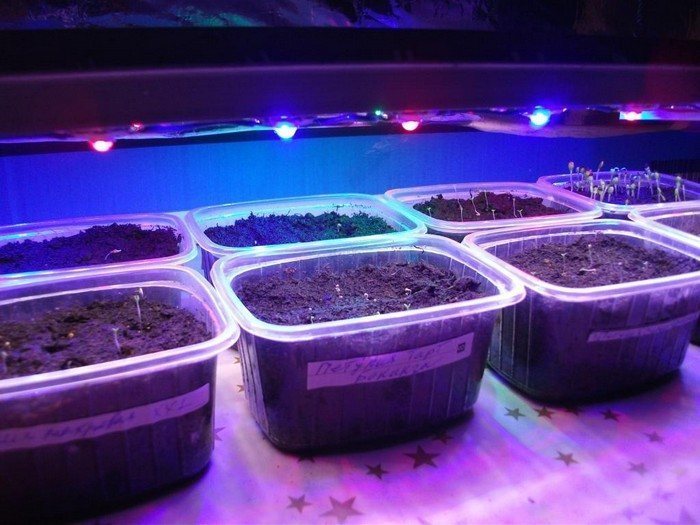
For normal development, seedlings need bright light 13–15 hours a day. Today, commercial enterprises offer a lot of options for additional lighting for seedlings. These can be fluorescent lamps, LED strips, phytolamps. All these lighting devices use electricity economically and provide plants with the necessary range of spectrum.
Proper care of cabbage seedlings does not end with the measures listed. Seedlings need to be picked after 2 true leaves appear. Plants also need feeding. Before planting cabbage, fertilizers are applied to the soil three times. The first feeding is carried out 1-1.5 weeks after picking. If you meet the needs of the plant at all stages of development, the seedlings will definitely turn out to be of high quality.


